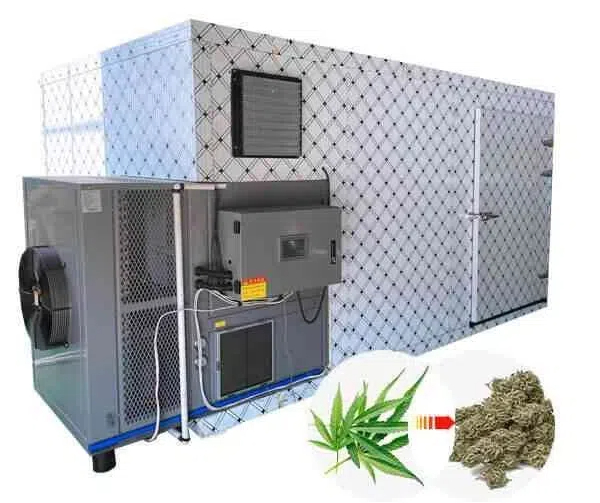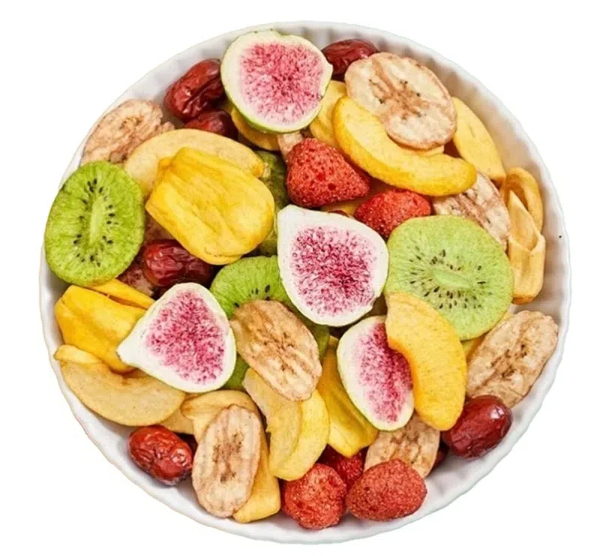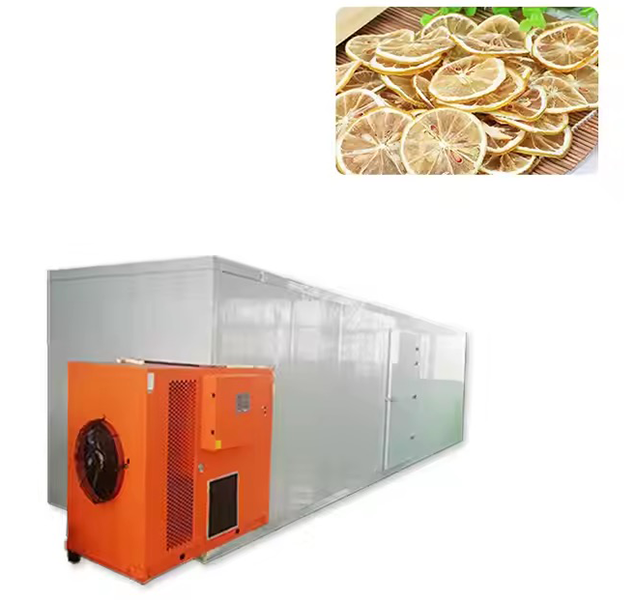
Content Menu
● Understanding Your Food Dehydrator
● Preparing Your Food
>> Choosing the Right Food
● Operating the Food Dehydrator
● Advanced Tips for Effective Dehydration
● Storing Dried Foods
● Benefits of Using a Food Dehydrator
● Conclusion
● FAQ
>> 1. What types of foods can I dehydrate?
>> 2. How long does it take to dehydrate food?
>> 3. Do I need to pre-treat my fruits before dehydrating?
>> 4. Can I dehydrate cooked foods?
>> 5. How do I know when my food is fully dehydrated?
● Citations:
Food dehydrators are essential kitchen appliances for anyone interested in preserving food, creating healthy snacks, or preparing meals in advance. They work by removing moisture from food, which prevents spoilage and allows for long-term storage. In this guide, we will explore how to effectively use a food dehydrator machine, covering everything from preparation to storage.

Understanding Your Food Dehydrator
Before diving into the process of using a food dehydrator, it's crucial to understand its components and how it operates. A typical food dehydrator consists of:
- Base Unit: The main body that houses the heating elements and fan.
- Trays: Stackable shelves where food is placed for drying.
- Control Panel: Used to set the temperature and timer.
Most dehydrators come with multiple trays to allow for drying large quantities of food at once.
Preparing Your Food
Choosing the Right Food
Not all foods dehydrate equally. Here are some popular options:
- Fruits: Apples, bananas, strawberries, and mangoes are favorites.
- Vegetables: Carrots, bell peppers, zucchini, and tomatoes work well.
- Herbs: Basil, oregano, thyme, and parsley can be easily dried.
- Meats: Lean cuts are best for jerky.
1. Wash Thoroughly: Clean your fruits and vegetables under running water to remove dirt and pesticides.
2. Cut into Uniform Pieces: Slice food into even pieces (about 1/4 inch thick) to ensure consistent drying. Using a mandoline slicer can help achieve uniformity.
3. Blanching (Optional): For some vegetables, blanching (briefly boiling) can help preserve color and nutrients before dehydrating. This step is particularly beneficial for vegetables like broccoli or carrots.
4. Acid Treatment: To prevent browning in fruits like apples and bananas, soak them in a mixture of lemon juice and water for about five minutes.
Operating the Food Dehydrator
Once your food is prepared, it's time to use the dehydrator.
1. Assemble the Dehydrator: Place the trays onto the base unit according to your model's instructions. Ensure that air can circulate freely between trays.
2. Set Temperature and Time:
- Use the control panel to set the appropriate temperature based on the type of food you are drying:
- Fruits: 135°F (57°C)
- Vegetables: 125°F (52°C)
- Herbs: 95°F (35°C)
- Meats: 160°F (71°C)
- Set the timer according to the thickness of your food and its moisture content:
- Fruits typically take 6-12 hours.
- Vegetables take about 4-10 hours.
- Meats can take 6-12 hours depending on thickness.
3. Start Dehydrating: Turn on the dehydrator and monitor it occasionally. It's advisable not to open the door frequently as this can disrupt airflow and increase drying time.
4. Rotate Trays: If your dehydrator does not have a fan that circulates air evenly, rotate the trays every few hours to ensure even drying.
5. Check for Doneness:
- Fruits should be pliable but not sticky.
- Vegetables should be crisp or leathery.
- Jerky should be firm but not brittle.
Advanced Tips for Effective Dehydration
To maximize your dehydrating experience, consider these advanced tips:
- Use a Thermometer: If your dehydrator lacks precise temperature controls, using an external thermometer can help ensure you are maintaining the right conditions for effective dehydration.
- Avoid Overloading: Do not overcrowd trays as this can impede airflow and result in uneven drying. If you have a lot of food to dehydrate, consider doing it in batches.
- Conditioning Dried Foods: After drying, allow your foods to cool completely before storing them in airtight containers. This helps redistribute any remaining moisture evenly throughout the batch.
- Experiment with Flavors: Try marinating meats or seasoning vegetables before dehydration for enhanced flavor profiles in your snacks.

Storing Dried Foods
Once your food is dried, proper storage is crucial to maintain its quality.
1. Cooling Down: Allow dried foods to cool completely before storing them in airtight containers.
2. Storage Options:
- Use glass jars with tight-fitting lids.
- Vacuum-seal bags can extend shelf life significantly.
- Store in a cool, dark place away from direct sunlight.
3. Labeling: Always label your containers with the date of dehydration for reference.
Benefits of Using a Food Dehydrator
Using a food dehydrator provides numerous benefits beyond just preserving food:
- Extended Shelf Life for Food: By removing moisture, the dehydrator inhibits bacterial growth and spoilage, allowing you to store your favorite fruits, vegetables, and snacks for months[3][9].
- Nutrient Retention: Unlike some preservation methods that can degrade nutritional value, dehydration helps retain essential vitamins and minerals[6][9].
- Cost-Effective Preservation: Investing in a food dehydrator can save you money in the long run by allowing you to buy produce in bulk and preserve it at home[3][9].
- Convenience and Versatility: A dehydrator allows you to dehydrate various foods—from fruits and vegetables to herbs and meats—making it an indispensable tool for anyone interested in exploring different preservation methods[4][10].
- Healthy Snack Options: Dehydrated snacks are healthier alternatives compared to store-bought options laden with preservatives[3][6].
Conclusion
Using a food dehydrator is an excellent way to preserve fruits, vegetables, herbs, and meats while retaining their nutritional value. By following proper preparation techniques and operating instructions, you can enjoy delicious dried snacks or ingredients for months to come. The versatility of a food dehydrator not only enhances your culinary capabilities but also promotes healthier eating habits by providing nutritious snacks without additives or preservatives.

FAQ
1. What types of foods can I dehydrate?
You can dehydrate fruits, vegetables, herbs, meats, and even some cooked meals such as stews or sauces using non-stick sheets.
2. How long does it take to dehydrate food?
Dehydration times vary based on the type of food and thickness but generally range from 4 to 12 hours.
3. Do I need to pre-treat my fruits before dehydrating?
Yes, soaking fruits in lemon juice or blanching vegetables helps preserve color and flavor during dehydration.
4. Can I dehydrate cooked foods?
Yes! Cooked foods can be dehydrated but ensure they are spread thinly on trays using non-stick sheets for best results.
5. How do I know when my food is fully dehydrated?
Dried foods should feel dry to touch without any stickiness; fruits should be pliable while vegetables should be crisp or leathery.
Citations:
[1] https://www.youtube.com/watch?v=lEUA2t2XD5M
[2] https://pleasanthillgrain.com/recipe-links/food-dehydrator-recipes
[3] https://etsolutions.in/10-amazing-benefits-of-electrical-food-dehydrator-machines/
[4] https://www.youtube.com/watch?v=Zl4wTcCPJu0
[5] https://www.freshoffthegrid.com/dehydrating-food/
[6] https://airtekdehydrator.com/health-advantages-using-food-dehydrator/
[7] https://learn.eartheasy.com/guides/a-beginners-guide-to-dehydrating-food/
[8] https://blog.rootsandharvest.com/dehydrating-food-recipes-and-methods/
[9] https://www.bestbuy.com/discover-learn/10-reasons-to-buy-a-food-dehydrator/pcmcat1634332391134
[10] https://homesteadingfamily.com/preservation-101-intro-to-dehydrating-food/
[11] https://www.allrecipes.com/article/how-to-use-a-food-dehydrator/
[12] https://www.backpackingchef.com/food-dehydrator-recipes.html
[13] https://www.webstaurantstore.com/guide/741/food-dehydrators-buying-guide.html
[14] https://foodrevolution.org/blog/how-to-dehydrate-food-guide/
[15] https://www.goodhousekeeping.com/appliances/a31904157/what-is-a-dehydrator/
[16] https://brodandtaylor.com/pages/dehydrating
[17] https://www.nisbets.co.uk/benefitsofafooddehydrator
[18] https://www.simplycanning.com/dehydrating/
[19] https://www.mitchellcooper.co.uk/what-is-a-dehydrator-commercial-buying-guide











